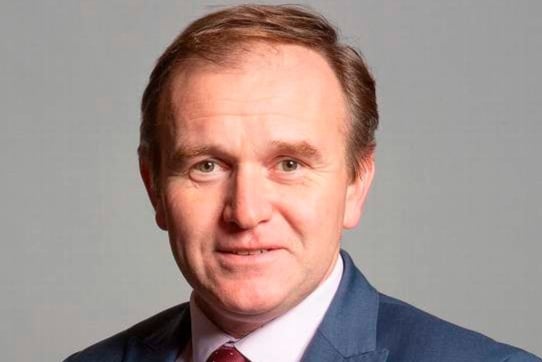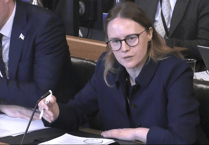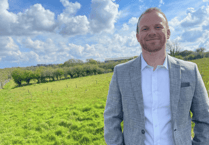IN recent years there has been a lot of debate about the future of general practice and whether the traditional model can survive in the long term. Although the NHS budget has risen every year and today is almost double what it was in 2010, the demands and expectations on our NHS have also increased. As medical science progresses and as people live longer, the number of calls on that expanding budget have continued to grow.
The growing prevalence of mental health conditions has increased the demand for GP services and there has also been a backlog of problems in the immediate aftermath of the COVID pandemic. Although there has been a major drive to recruit and train more GPs to deal with the increased demand, there has also been a growing trend towards different working patterns from GPs.
To try to accommodate these different working patterns, some GP practices have federated into groups to create more resilience and have sought to offer different forms of support with more cases triaged to nurses or other assistants. There has also been a trend towards offering more support by telephone and trying to triage appointments that are available. The local NHS have sought to put in place separately funded hubs supposedly to relieve the pressure on surgeries. Each GP practice has had to adapt and try new approaches in a way that works for them but there is a problem in that many patients say they find it harder to get an appointment in the way they used to and there is less continuity of care because a patient is less likely to be seen and supported by the same GP.
Last week I visited Bodriggy Surgery in Hayle. The interesting thing about their approach is that they have attempted to adhere to the traditional model of general practice despite the challenges. They still aim to fill most of their staff vacancies with full partners in the practice. Each of the ten partners takes their own list of patients from within the total list for the practice, meaning those partners acquire knowledge of their patients over time and patients develop a direct bond of trust with their GP. As a result, perceptions about the practice tend to be better as they understand each of their patients and their history in a way that goes beyond the medical notes.
It raises an important question. Should the response to the pressures on general practice be to deviate from the traditional model and try different approaches, or should it actually be to redouble efforts to adhere to the essential tenets of the traditional practice model and work on clearing the obstacles to that traditional model working properly? It is not an easy decision and different practices have had to react to the circumstances they are dealing with, but before allowing a presumption to set in that things have changed so much that the traditional model can no longer work in the modern world, we ought to stress test that assumption.





Comments
This article has no comments yet. Be the first to leave a comment.